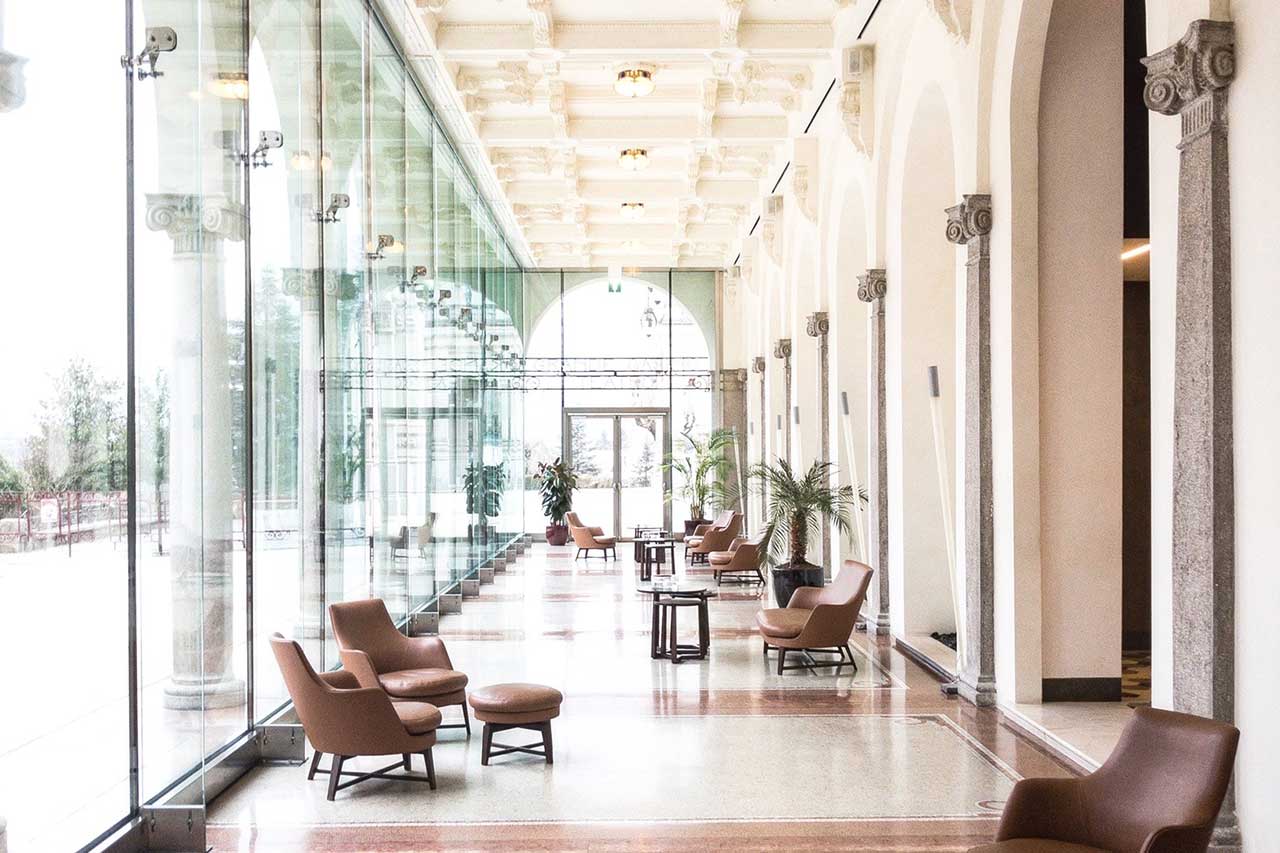
LEED®, or Leadership in Energy and Environmental Design, is a building certification program developed by the US Green Building Council. The program is developed to transform the way buildings and communities are built and operated through environmentally and socially responsible design. LEED certifies projects, not products, which places emphasis on end results not prescriptive requirements. If the intent of a LEED credit is achieved, a project will receive points. Thus, the LEED handbook lists the credit title, intent of the credit, and recommended, but not necessarily prescriptive, methods to obtain the credit.
There are at least ten LEED credits applicable to window film retrofits. They fall within four categories: Energy & Atmosphere, Materials & Resources, Indoor Environmental Quality and Innovation & Design Process. Further information is available on the USGBC website (www.usgbc.org). Manufacturer’s authorized window film dealers can provide you with written documentation on their LEED credited window films and how their specific films meet LEED requirements. Following are examples of LEED credits along with an explanation of how window film may apply.
Energy & Atmosphere Credit 1, Optimize Energy Performance — Intent: To achieve increasing levels of energy performance to reduce environmental and economic impacts associated with excessive energy use. This credit is worth more points than any other LEED credit section. There are three methods for satisfying this requirement.
The first, Whole Building Energy Simulation (1-10 pts), requires use of an energy simulation program that includes the ability to model different building shapes, skylights, HVAC systems and weather attributes. The U.S. Department of Energy recommends the use of Energy Plus algorithm based energy simulation programs, such as EFilm, that allow input of variable data to more accurately predict energy usage and savings before and after window film retrofits.
The second, Prescriptive Compliance Path ASHRAE Advanced Energy Design Guide for Small Office Buildings 2004 (1-4pts), is applicable to office buildings less than 20,000 square feet. This method lists prescriptive glazing requirements including shading coefficients and U-value specifications per climate zone. Your window film dealer can provide specifications for their qualifying window films.
The third method, Prescriptive Compliance Path Advanced Buildings Core Performance (2-5 pts), is applicable to buildings less than 100,000 square feet and that comply with the prescriptive measures identified in the Advanced Buildings™ Core Performance™ Guide developed by the New Buildings Institute. Certain window films apply because glazing is the most energy inefficient part of a building envelope and significant advancements have been to window film products to lower the solar heat gain coefficient and U values of windows. The credit states that its purpose is to conserve resources, building stock, and reduce waste and environmental impacts. Window films reduce heat gain in warmer months and heat loss in colder months. They are designed specifically to retrofit existing windows – upgrading them to achieve similar solar performance as new windows. Thus, a window film retrofit diverts large quantities of windows from the waste/recycling stream and reduces environmental costs of shipping waste and/or new windows to destination sites.
Indoor Environmental Quality Credit 7.1 Thermal Comfort — Intent: To provide a comfortable thermal environment that supports the productivity and well being of building occupants.
The credit states that a building must be designed in accordance to ASHRAE 55-2004. There are many variables that determine occupant comfort, but window films will apply in the area of thermal comfort. The optimal temperature for thermal comfort according to ASHRAE 55-2004, ranges between 67 and 83 degrees Fahrenheit, depending on air speed and humidity ratios. Window films have shown in case studies that they will reduce the temperature of an area in direct sunlight and help balance building temperature. Often, early morning east-facing tenants complain of heat and glare, while opposite-facing tenants have their heat and lights on. By minimizing the amount of solar gain through windows, window films can aid in meeting the thermal comfort credit.
Above are just two descriptions out of at least ten applicable LEED credits to which qualifying window films can apply. As federal and municipal demands to improve the energy efficiency of all buildings rise, it is time to look at all options available to conserve…including window film retrofits.
Corporate Location: 23042 Mill Creek Drive, Laguna Hills, CA 92653
Copyright 2025 - American Window Film | All Rights Reserved | Contractor's License #1054307